The personal finance terrain has shifted, my friends. Hold onto your investment portfolios because we’ve got news hotter than a desert in mid-July: the composite rate for I bonds issued between November 2023 and April 2024 has catapulted to an eyebrow-raising 5.27%. When it comes to securing a stronghold on your financial future, understanding the nitty-gritty of these rates is as essential as your morning cup of joe. So buckle up as we unravel the tapestry of this significant surge.
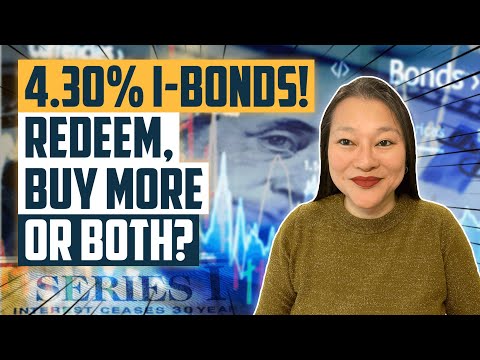
Current I Bond Rates: How They Compare to the 30-Year Bond Rate
When we peek over the fence to assess how current i bonds rates stack up against the stalwart 30 year bond rate, we’re looking beyond mere numbers; we’re sizing up the long-term amour against the newer, flirtatious prospect. I bonds, darling investors, have just slid into the scene with a fixed rate of 1.30% and an additional inflation rate of 1.97%. This deft little dance to the tune of 5.27% is nothing short of a revolution compared to the previous period’s 4.30%.
To give this some context, historical performance, trust me, is critical. So, imagine a graph showcasing the swings and roundabouts of these rates over past decades. What you’d see is the story of a patient courtship with interest rates tangoing to the thrumming heartbeat of our economy.
Key historical takeaways include:
– Inflation’s tug-of-war with economic health
– The steadfast climb of the 30-year bond during rocky financial eras
– The marked contrast between I bonds’ adaptive rates and the unyielding 30-year bond rate

Decoding Bond Prices and Interest Rates: The Relationship Unveiled
Speaking of tango, let’s unravel the intricate dance between bond prices and interest rates. Imagine interest rates are the music, and bond prices are the dancers – when the tempo changes, so does the dance. A hike in interest rates often sees bond prices skip a beat, dipping to stay in sync.
Why does this happen? Well, look at it this way: new bonds waltz in with higher interest rates, making the older, lower-yielding bonds seem like wallflowers at the investment party. This dynamic is particularly pertinent for those investing with horizons broader than a five year treasury rate, which you can check out with a click for deeper insight.
Key factors for price jitters:
– Inflation rates strutting to their own rhythm
– Economic indicators leading the band
– Supply and demand chasing each other around the dancefloor
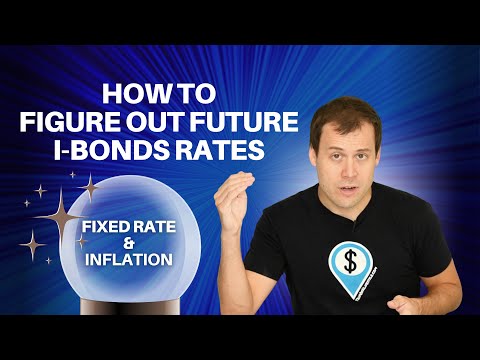
| **I Bonds Feature** | **Details** |
|---|---|
| Composite Interest Rate | 5.27% (from November 2023 through April 2024) |
| Rate Announcement Date | October 31, 2023 |
| Effective Issue Period | November 1, 2023 to April 30, 2024 |
| Components of Composite Rate | Fixed Rate: 1.30% |
| Inflation Rate: 1.97% (variable and adjusts every 6 months) | |
| Previous Annualized Rate (Prior 6 Months) | 4.30% |
| Investment Security | U.S. Government Backed |
| Maximum Purchase Amount | $10,000 per person per year (with additional options available) |
| Purchase Strategies Beyond Limit | – Use of tax refund for additional $5,000 |
| – Purchasing in the name of a trust or entity | |
| – A spouse can also separately purchase up to $10,000 | |
| Interest Earning Period | Up to 30 years or until cashed, whichever comes first |
| Minimum Holding Period | 12 months |
| Penalty for Early Redemption | Forfeit last 3 months’ interest if cashed before 5 years |
| Tax Advantages | Tax-deferred interest accumulation |
| Exempt from state and local income taxes | |
| Federal tax can be deferred until redemption or maturity | |
| Investment Suitability | – Safe investment option for long-term savings goals |
| – Protection against inflation | |
| – Suitable for conservative investment portfolios | |
| Advice for Investors | Working with a financial advisor can optimize I bonds in strategy |
Navigational Guide to Bonds Interest Rate Terms
Confused about terms like ‘coupon rate’ or ‘yield to maturity’? Fear not, I’m here to decode this financial fabrication like the back pocket of your well-worn jeans. The coupon rate tells you the annual interest return on your bond’s face value – that’s the amount you’re promised back when the bond matures. And the yield to maturity? It’s the total return you can expect if you hold the bond until it does a full circle and matures.
And here’s the hook: for current i bonds rates, these terms take on a special shade of meaning because they are designed to keep pace with inflation, ensuring your investment doesn’t get lost in the fiscal woods. Compared to the static promises of some other investments, I bonds offer the adaptability of a chameleon in a paint factory.
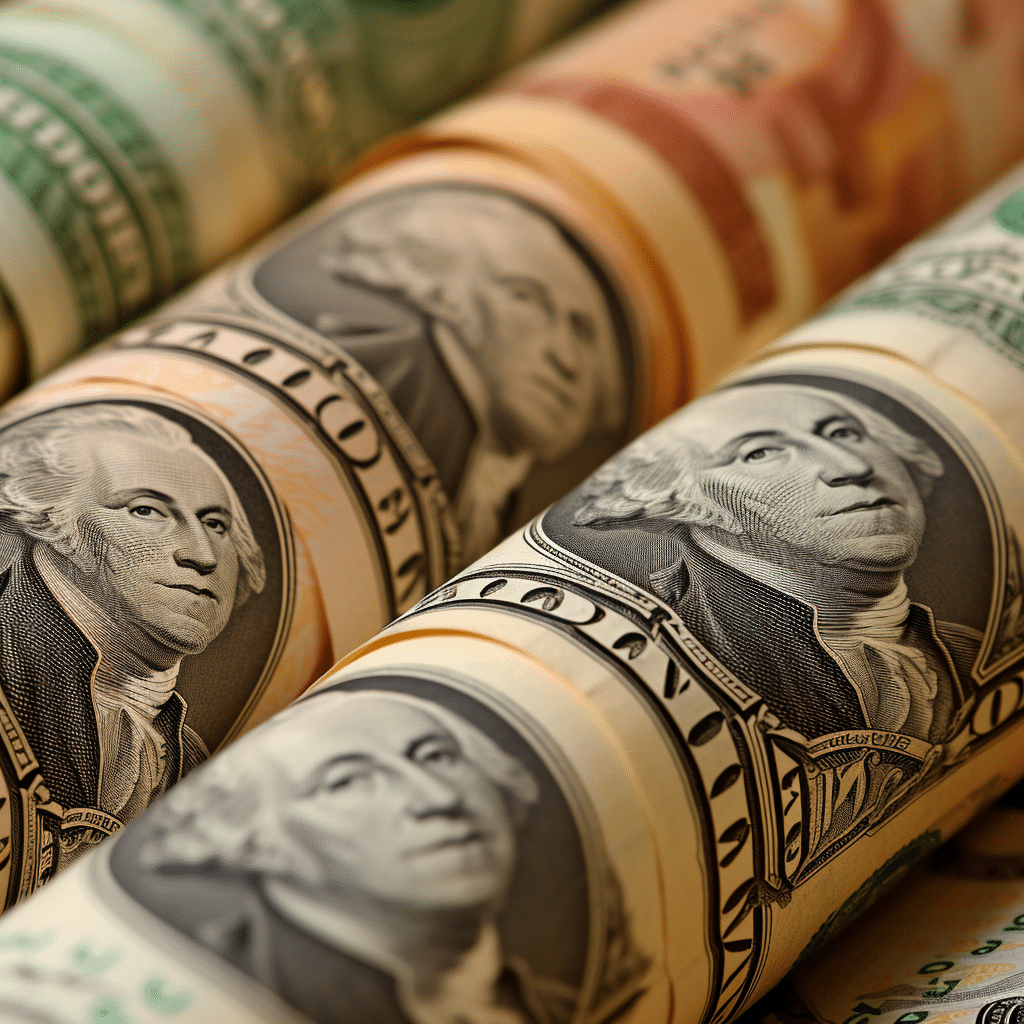
How Does a Bond Work: A Primer for the Uninitiated
Let’s break down how does a bond work with toddler-like simplicity. You lend Uncle Sam a few bucks by buying a bond; in return, he’ll pay you a bit extra for your piggy bank over time. With I bonds specifically, the interest you receive every six months changes with the drifts of inflation, keeping your returns as fresh as a spring daisy.
Here’s the beginner’s map to bond buying:
1. Choose your bond (I bond’s your wise uncle in this saga).
2. Pay the face value (that’s your initial investment).
3. Mark your calendar for interest payments and final maturity (when you get your initial investment back).
And voila! You’re now a bondholder, with the current i bond rate ensconced in your investment portfolio.
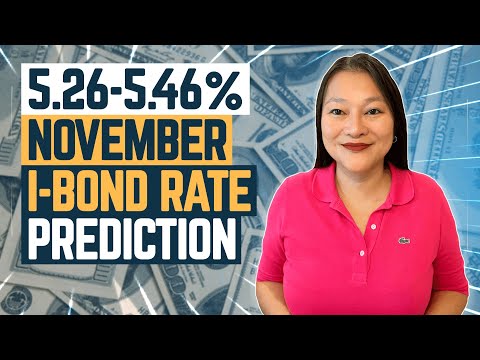
The Current I Bond Rate: Analyzing What Drives the Numbers
The freshly-minted current i bond rate isn’t pulled from a magician’s hat; it’s determined by a composite of a fixed rate and a semiannual inflation rate. The recently-announced spike to 5.27% sends a clear signal – things are heating up, economically speaking. Insightful analysis suggests that this could be a response to inflation sightings on the economic horizon, indicating that I bonds are pivoting to provide investors with a buffer against the eroding waves of rising prices.
But what’s causing this financial weather change, you ask?
– Economic stimulus after-effects
– Market pixie dust, aka investor sentiment
– The global economic seesaw balancing act
What the Current Interest Rate on I Bonds Means for Your Portfolio
Now, why should this current interest rate on i bonds matter to you? Let’s stitch this into the quilt of your broader financial strategy. Just like any savvy seamstress would tell you, the key to a durable quilt, or portfolio, is diversification.
I bonds add a resilient square to this quilt. They’re backed by the full faith and credit of the US government, which makes them about as certain as the sky being blue on a cloudless day. However, remember the flipside – interest rates do shift, and cashing in early could mean forfeiting a smidge of interest. So, weigh these pros and cons against the backdrop of our current economic landscape.
I Bond Rates Prediction 2024: What Experts are Saying
If fortune-telling were as easy as predicting the weather, we’d all be sporting crystal balls on our desks. Alas, i bond rates prediction 2024 is more art than science. Experts are drumming their fingers, squinting into the horizon of economic indicators, and parsing through tea leaves to give us forecasts. Opinions vary wildly, but the general consensus points toward fluctuations influenced by inflation and policy changes.
Remember: projections are educated guesses, not iron-clad promises. Keep an eagle eye on factors such as:
– Fiscal policies flitting through Capitol Hill
– Global economic winds
– The pendulum of inflation rates
Strategies for Investing in I Bonds Amidst Rising Rates
Investing is like jazz; sometimes you follow the notes, and other times, you improvise. With i bond rates scaling new heights, consider these strategies to fine-tune your approach:
– Stagger your bond purchases to catch different rate cycles
– Evaluate your current portfolio’s tempo to see if the rhythm of I bonds complements it
– Take counsel from successful investors who’ve zigzagged through similar market zigzags
Need a real-world example? Say you’re eyeing some gadget deals like those Walmart black friday Deals, and you want to balance spending with saving. Purchasing I bonds now could be a strategic move that harmonizes with your long-term savings solo.
Conclusion: The Surge in I Bond Rates and the Prudent Investor
Here’s the encore, the wrap-up of our financial symphony, with the 5.27% increase in current i bonds rates playing the final note. Remember, a prudent investor is akin to a well-read navigator, charting their course with both map and stars. By understanding the ebb and flow of interest rates, fortifying your portfolio’s defenses, and embracing the wisdom of seasoned experts, you’re setting sail on seas brimming with promise.
And keep those ears pricked for whispers of innovation, like the metaphorical album Of The year 2024, signaling shifts and trends that could inform your next investment move.
Investing in I bonds now? That’s akin to grabbing your ticket for the Jacob Elordi as Elvis show – timely and potentially rewarding.
So, dear reader, as the curtain falls on our exploration, let that increased 5.27% tickle your fancy but keep your feet steady on the path of knowledge and preparedness. Stay informed, stay nimble, and above all, stay invested in your financial journey.
Current I Bonds Rates: The Buzzing Surge You’ve Gotta Know About!
Holy moly, folks! The current I Bonds rates are skyrocketing, leaving savers on cloud nine. If you’ve been snoozing on these bad boys, it’s time to catch the wave. With a 5.27% leap, these bonds are proving to be the hot ticket to beating inflation. Now, sit tight ’cause we’re about to take a fun, fact-filled ride through the world of I Bonds.
Did Someone Say Treasure Hunt?
Okay, so maybe it’s not gold doubloons we’re talking about, but current I Bonds rates are the treasure chest of the savings world. If you’re navigating these waters for the first time, think of it like this: just as movie-goers root for the protagonist in Those who wish me dead, your savings are the heroes, and I Bonds are the trusty sidekick, helping them to battle the villainous inflation.
A Little Nest in Beaver Creek
Picture this: You’ve got a cozy financial nest egg tucked away in beaver creek co, where it’s safe from the wild fluctuations of the market. That’s kinda what I Bonds offer – a snug retreat for your cash with rates that change with the seasons (or in this case, every six months). You’re not just building a cabin in the woods; you’re constructing a fortress that guards against inflation.
Not Your Grandma’s Bonds
Don’t get tangled up in the idea that bonds are outdated. With these rates, I Bonds are the cool kids on the block. They’ve got more zest than a slice of lemon in iced tea. You know, treasury bills’ interest rates are like that reliable old hatchback. They’re steady, they’ll get you from point A to point B, but they’re not going to launch you into the stratosphere of savings like current I Bonds rates will.
The Nitty-Gritty
Here’s the skinny on the nitty-gritty: I Bonds are a safe bet, backed by Uncle Sam himself. But here’s the catch—you’ve gotta hold onto them for at least a year. Break up with them before five years, and you’ll be saying goodbye to the last three months of interest – kind of like eating a s’more without the chocolate. Who wants that?
In for the Long Haul
Buckle up for this ride because if you’re in it for the long haul, these I Bonds could have you grinning like a possum eating a sweet potato. We’re talking money in the bank that’s not just sitting there — it’s growing, folks. And with rates soaring like a flock of eagles, your savings account is set to soar right along with them.
So whether you’re a financial guru or just dipping your toes in the investment pool, it’s crystal clear that current I Bonds rates are a whirlwind of opportunity. Don’t let the train leave the station without you; hop on these rates quicker than a hiccup and watch your savings take flight!
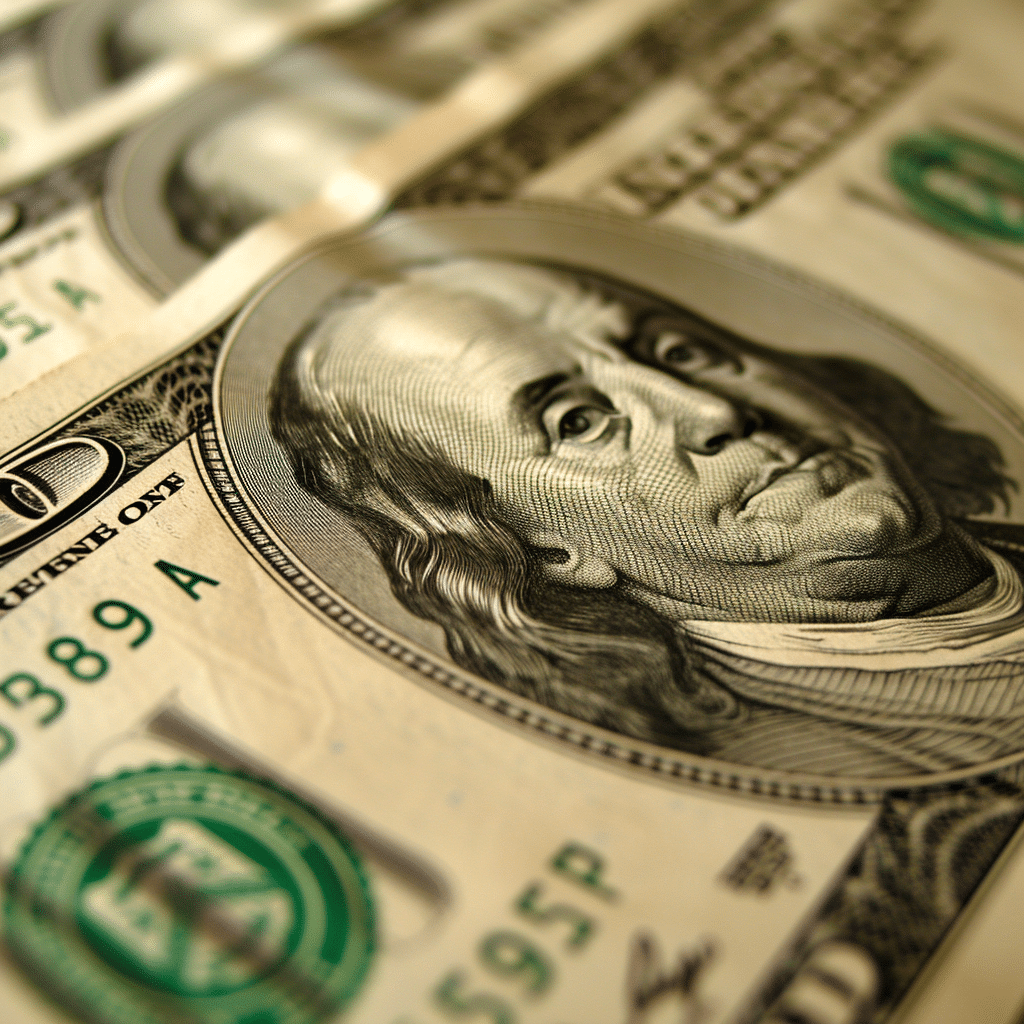
What will the next I bond rate be 2023?
Oh, crystal-ball gazing into the next I bond rate for 2023 is a bit like trying to nail jelly to the wall, tricky stuff! But cue the drumroll – we’re banking on the number crunchers at the Treasury to mix up a new rate come November. Until then, we’re all just playing the guessing game.
Are I bonds still a good investment today?
You betcha, I bonds are still sitting pretty in the good investment camp, especially with inflation playing hopscotch with our wallets. With a solid rate of 5.27% from November 2023 to April 2024, it’s like snagging a sturdy umbrella in a money rainstorm. But remember, investing’s a marathon, not a sprint, so weigh those pros and cons.
Can I buy $10000 worth of I bonds every year?
Sure can, cowboy! Every calendar year, you can go whole hog and scoop up $10,000 worth of I bonds. It’s like stuffing a financial piggy bank to the max. But hey, a little birdie told me there might be some clever ways to stretch that limit. Cue some financial wizard for the inside scoop!
What is the current I bond interest rate?
Alrighty, hot off the press: I bonds get a thumbs up with a cool 5.27% interest rate locking in from November ’23 through April ’24. That’s the scoop for the first six months, handing out a mix of fixed and inflation-proof interest like candy on Halloween.
What is the downside of an I bond?
The downside of I bonds? Well, think of it like a fancy cake that’s kinda hard to nibble on immediately. Your money’s playing hide and seek for a whole year, and cashing out early means saying buh-bye to the last three months of interest. Plus, they aren’t the quick-and-easy cash grab compared to some investments.
What is the expected I bond rate for November 2023?
Expecting the I bond rate for November 2023 to pop out ahead of time is a bit of a mug’s game. But here’s a scoop – the Treasury folks baked up a 5.27% composite rate from November ’23 to April ’24. So for now, let’s keep our ears to the ground for any sneak peeks!
Are I bonds better than CDS?
I bonds or CDs, which is the top dog? Well, I bonds have the upper hand with inflation riding shotgun. CDs might play it cool with stable rates, but toss in a pinch of inflation and they could shrink like a wool sweater in the wash. I bonds? They flex with the cost of living, keeping your cash wrapped up snug.
What is a better investment than I bonds?
On the hunt for something that might outshine I bonds? It’s like asking for a bigger fish to fry! Stocks, real estate, or even ETFs could take the blue ribbon, but remember, with great rewards come not-so-great risks. Diversify, they say – don’t put all your eggs in one basket!
Do you pay taxes on I bonds?
Do I bonds make Uncle Sam reach for your wallet come tax time? Well, they’ve got a trick up their sleeve. While you will pay the piper eventually, you can play hide-and-seek with the taxman till you cash in or hit that 30-year mark. And hello, tax breaks if you’re footing the college bill!
What is the loophole for Series I bonds?
Looking for an I bond loophole to squirm through? Whisper it, but… you can beef up your I bond shopping spree beyond the usual 10K. Add a few flavors like tax refunds or trusty sidekicks like businesses and trusts to your strategy, and viola, you’re a financial Houdini!
How much is a $100 savings bond worth after 20 years?
If you’ve been sitting on a $100 savings bond for a 20-year stretch, you might be itching to see what it’s ballooned into. Well, the growth spurt depends on its flavor – EE or I. But to cut to the chase, you’d be staring at a nice chunk of change, potentially doubling up or cozying close to that mark.
Should I buy I bonds in 2023?
Should you swipe right for I bonds in 2023? Well, with the current vibes pointing at a 5.27% interest rate through April ’24, that’s not too shabby at all, champ. But remember, it’s not just about playing the field; align it with your financial game plan before making eyes at those bonds.
Will bonds go up in 2024?
Bonds in 2024 doing the limbo dance higher or lower? It’s anybody’s guess. But if the winds of economy forecast change, those bond rates might just sway. Keep your ear to the ground and eyes peeled – a savvy investor always watches the horizon.
How long should you hold Series I bonds?
Holding onto Series I bonds? Patience is a virtue, folks! Give it at least a year because that’s the lock-in period. After that, if you yank out before five years, wave goodbye to the last three months of interest. Want the full monty? Aim for the long haul up to 30 years for max benefits.
Will I bond fixed rate go up in 2024?
Predicting if the I bond fixed rate will climb up in 2024 is a bit like reading tea leaves. The Treasury sets the pace every six months based on inflation’s mood swings. So, keep your eyes peeled – it could go up, bundle up for the ride and stay informed.
Will bonds go up in 2023?
Will the merry-go-round of bonds in 2023 go up? It’s like predicting the weather – a bit unpredictable. We’re singing to the tune of countless economic conditions, so best to stay tuned to the financial forecasts; they can be as fickle as spring weather.
Will I bond fixed rate go up in 2024?
A crystal ball for the I bond fixed rate in 2024? If only! It could hitch a ride up the rate ladder or stay put. It’s all in the Treasury’s hands, following inflation’s dance steps. So hold your horses and watch it unfold.
What is the bond forecast for 2024?
Eyeing the bond forecast for 2024 with all the focus of a cat on a laser pointer, huh? Well, it’s all about whether inflation continues to tango or decides to take a breather. Stay alert – the bond landscape can be as unpredictable as a soap opera’s plot twist.
Will bond prices go up or down in 2023?
Quizzing on whether bond prices will climb or take a tumble in 2023 is a real head-scratcher. It’s a rollercoaster ride depending on interest rates, inflation, and the economic forecast. So strap in and stay informed; it’s a bumpy ride!



